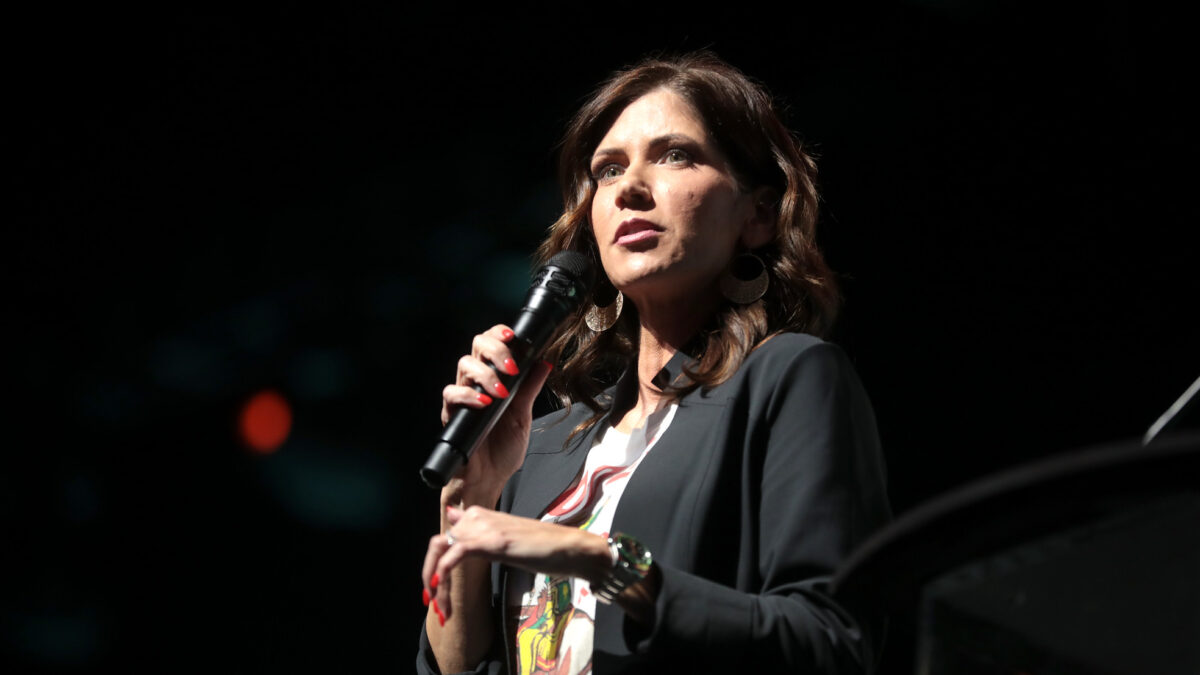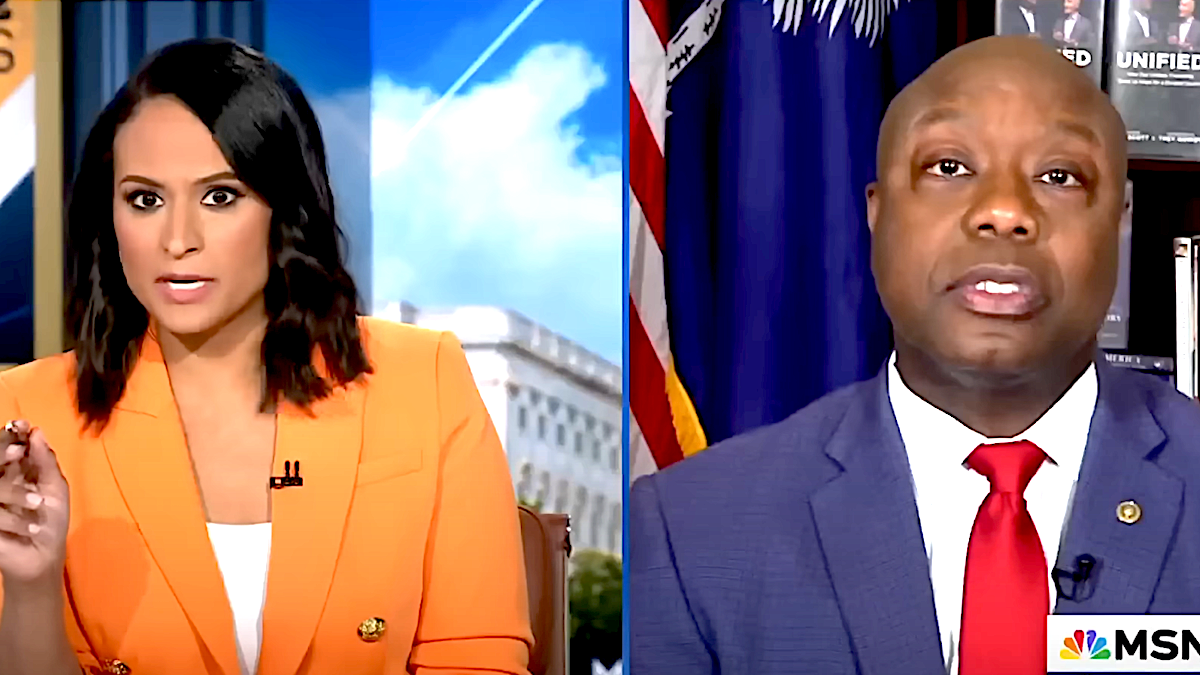
After reading news of a 9-year-old in Alabama who hung herself as a result of bullying from black peers allegedly because she had white friends, I wrote an essay describing some of the ways our mixed-race family had also experienced this kind of racial politics.
Although my entire thesis was that “differences [be] celebrated within the context of the whole, not parsed out as weapons of contention and conflict,” immediately upon publication of the piece my Twitter feed began to fill with invectives, racial slurs, and threats. In fact, at least one person tracked me all the way to my workplace and sent a threatening email, which was turned over to local police.
Yet that reaction is a drop in the bucket compared to the story of the Covington Catholic High School boys. The Twitter amplification of a one-minute video unleashed a torrent of racial bias accusations picked up by mainstream news outlets with little attempt to uncover even simple facts, directly resulting in threats against the teenage boys and their families, public condemnation by Covington school officials and the Kentucky Catholic Diocese (since removed), the closure of the school due to threats of violence, and finally, the Paul Harvey-esque “rest of the story” provided by the release of the full video virtually exonerating the students.
Further reporting uncovered the damning actions and background of the Native American activist who accused the boys of racism, and the Black Hebrew Nationalists whose vile and racist language the boys apparently tried to drown out with cheering, resulting in a subsequent apology from Covington Bishop Foys and the deletion of hundreds of rush-to-judgment condemnation tweets.
Does Anyone Even Know What ‘Racism’ Is Anymore?
I hope this nonsense has caused at least a few thinking people to wonder what the word “racism” even means today. After being referred to as both a racist and a white supremacist, it did me, so I went searching and found an essay written by a South African writer that included the following paragraph:
Holding prejudiced dehumanising, insulting and derogatory opinions or stereotypes about particular groups of people is bigotry – no matter who you are. Treating people unjustly based on these prejudices is discrimination. If your prejudice is based on race then you are racist. If you treat people unfairly based on racist prejudices, it is racial discrimination. Any attempt to fudge or negotiate away this most fundamental understanding of discrimination based on race betrays an intellectual dishonesty, a devotion to narrative rather than truth, a pettiness and a lust for score settling rather than truthful, honest debate and discussion.
According to this definition, it would take a veritable Herculean effort to label the actions of Covington Catholic School students as racist. In fact, the attacks on these boys indicate the “intellectual dishonesty” of the “narrative rather than to truth,” as a recent Babylon Bee parody and writer Robby Soave make clear.
It doesn’t work in my case, either. A white family adopting black children and raising them to be individuals with their own convictions rather than those of a specific race or class is neither racist nor white supremacist. It is, however, a slap in the face of the Uncle Tom narrative established at the beginning of the 20th century to denigrate those who aspire to a life beyond the pigeonhole of race. It is a gut punch to an ideology for which political correctness has virtually ended discussion thanks to fear of oppression and harassment, but it’s not racism.
Using a racist brush to paint over purely ideological disagreement is ignorant, uneducated, and dishonest, yet it’s accomplished consistently and without the slightest thought today, especially on Twitter.
Is There Black-on-Black Racism?
According to the previous definition, a black person who refers to another black person as behaving like a white person is a racist because the stereotypical ideology sparking that labeling process is entirely race-based.
Interestingly, during the Covington Catholic incident, many in the public who might not have known about this kind of racism became aware of it via recording of an interaction between the assembled students and members of the Black Hebrew Israelites, a religious sect with a history of name-calling, racial slurs and other verbal thuggery.
In the video, members of the sect can be seen calling a black Covington student a “ni–er” and telling him the white boys would “steal his organs” when he “got old enough,” at which point one of the students says, “Hey, we love you Bo” and several of the boys rallied around him. Undeterred, the BHI member repeatedly yells at the same student numerous times, “Get out ni–er”.
Yes, this an extreme example exhibited by an extreme group, but it doesn’t negate my experiences all the way from my public school days as a student on into my adult years as a public school teacher, of hearing black kids bully other black kids for hanging out with white kids or doing well in school, just as has happened to my daughters.
Whether we want to believe it or not, this practice is reality and it needs confrontation and correction. Just like any form of racism or bigotry in our society today, it shouldn’t be given a pass for any reason.
Protected Classism Wreaks Social Destruction
Unfortunately, policies like that outlined in a “Dear Colleague” letter to public schools through the U.S. Departments of Education and Justice under President Obama have only helped pour fuel on the identity politics fire.
Written in January of 2014, this letter dictated ways public school discipline policies must be reformed to address a finding indicating that, “African-American students without disabilities are more than three times as likely as their white peers without disabilities to be expelled or suspended.”
Although numerous studies have shown that adopting these policies has hurt students, many public schools continue perpetuating them, most probably because a civil rights indictment from the Department of Education would mean a threat to federal funds for a school district.
Preaching against bullying and racism in public schools while insisting racism and bullying are appropriate when applied to a specific race is a perfect example of the kind of insipid mental gymnastics that destroy civilizations. Treating one group of people better or worse than another because they look different is either wrong or it’s right.
It’s not right for one group and not another, or in this case but not that. This is how truth works—it’s an either/or proposition. We need to unlock the “truth formula” and use it on everything, liberally.
Running Away from Bullies Just Creates Bigger Bullies
Although roundly demonized for my essay throughout the Twittersphere, I’m grateful for its publication because, on the flipside, I was also sought out by some of the warmest, most encouraging people imaginable.
Kevin Batts, a writer and friend from my Common Core fighting days, called me after reading the article. He and his wife both got on the phone and shared experiences with me like that of our daughters. They talked about how painful such situations have been for them and how much they appreciated my tackling a subject few are willing to even acknowledge, let alone be bold enough to write about.
Another friend whose family has also benefitted greatly by transracial adoption wrote to tell me that while his kids were enrolled in a predominantly black public school system, his white kids never had any real problems, but his black kids were made fun of because they “talked white,” had white parents, and ate “white lunches.” He wanted to reach out and thank me for writing the piece because he’d been able to relate to the same experiences and thoughts we’d had.
“Culture,” he said in relation to his kids, “is not tied to genetics or skin color but to what one is accustomed and so their culture reflects our culture.”
I’ve also had correspondence with people from around the country and overseas thanking me for simply tackling the ridiculousness of today’s racial politics in a public forum. Filmmaker Eli Steele, for example, wrote to share his film “How Jack Became Black,” which began when his multiracial child was unable to check a race box on an elementary school enrollment form and was refused admittance. “Be skin color or be individual?” Eli asks from his website.
Other friends have told me how much they wanted to tweet or comment to provide back-up, yet they feared what the mob would say or do to them in response. “Please know I support you,” they’d say.
Hey, I get it. Reading some of the comments posted to my Twitter account made my cheeks burn and heart race, almost like I’d done something wrong. At one point, I even wished I hadn’t shared our experiences, struggling against the bullies’ mentality that we weren’t entitled to our own story because it didn’t match theirs.
In the end, it was important to force myself to remember that as a citizen of the United States, the First Amendment protects me from not just the government, but others who might be offended by my words. I not only have a right but in some cases a responsibility to get those out.
Apparently, the family of Nicholas Sandmann, the teen who stood smiling as Nathan Phillips drummed and chanted in his face, has hired a high-profile attorney to find the IP addresses of Twitter users issuing actual physical threats. Although it would be great if someone attempted to actually make these people follow the law, here’s the takeaway: without an ability to speak freely, a civilization cannot be free.
When you can be fired for your faith, or fined for your business, or bullied into abandoning your work or ideals, or fruits of your experiences, you’re no longer a free person—you’re a slave to those you’ve allowed to force you into silence. Granted, not everyone is as comfortable with controversy as others, but standing behind those who speak out against the rising tide of censorship is as important as standing in front. For, as Martin Niemoller knew, once they’ve come for everyone else, there won’t be anyone left to stand up for you.









